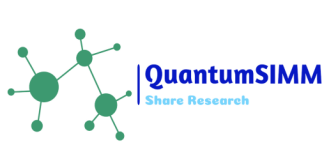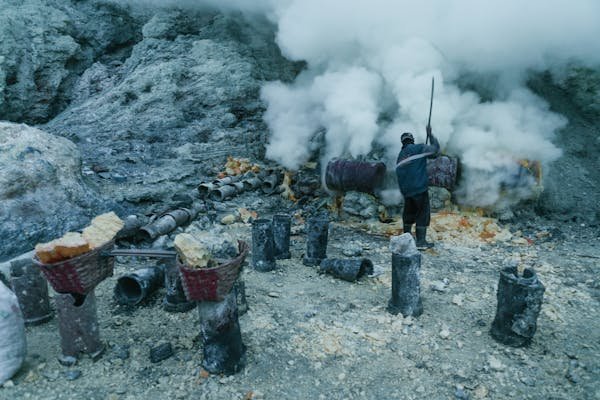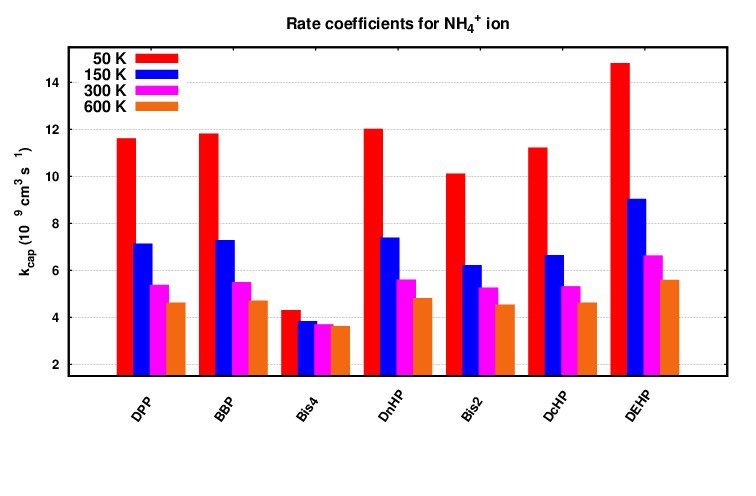Introduction The quantification of food volatiles is a critical aspect of food science that directly influences food quality, safety, and consumer perception. Volatiles are compounds that easily evaporate and contribute significantly to the aroma and flavor of food, playing a Read more…
Using Collision Model-Based Rate Coefficient Calculator for Ion-Molecule Reactions in CI-MS
Various theoretical approaches based on capture collision theory have been developed to compute the rate coefficients of ion-molecule reactions in the gas phase. These theoretical methods require the electric dipole moment and polarizability of the neutral molecule as input parameters Read more…
Volatile Organic Compounds (VOCs) are a diverse group of organic chemicals that have a high vapor pressure at room temperature, leading to significant evaporation and release into the atmosphere. They are emitted from both natural sources, such as vegetation and Read more…
Introduction to Volatile Organic Compounds (VOCs) in the Atmosphere Volatile Organic Compounds (VOCs) are a significant group of organic chemicals characterized by their high vapor pressure at room temperature, leading to substantial emissions into the atmosphere. These compounds are composed Read more…
SIFT-MS Analytic Method These Direct Injection Mass Spectrometry (DIMS) techniques rely on calibrating instruments using standards with known concentrations and protonated ion signals. Although the most accurate analysis requires calibrating the instrument for each volatile organic compound (VOC) in a Read more…
Exploring Reagent Ions in Chemical Ionization Mass Spectrometry: Analyte Reaction Insights
Chemical ionization mass spectrometry Chemical ionization mass spectrometry (CI-MS) is a technique used to analyze chemical compounds by ionizing them in the gas phase using chemical reactions rather than electron impact ionization, which is commonly used in electron ionization mass Read more…





